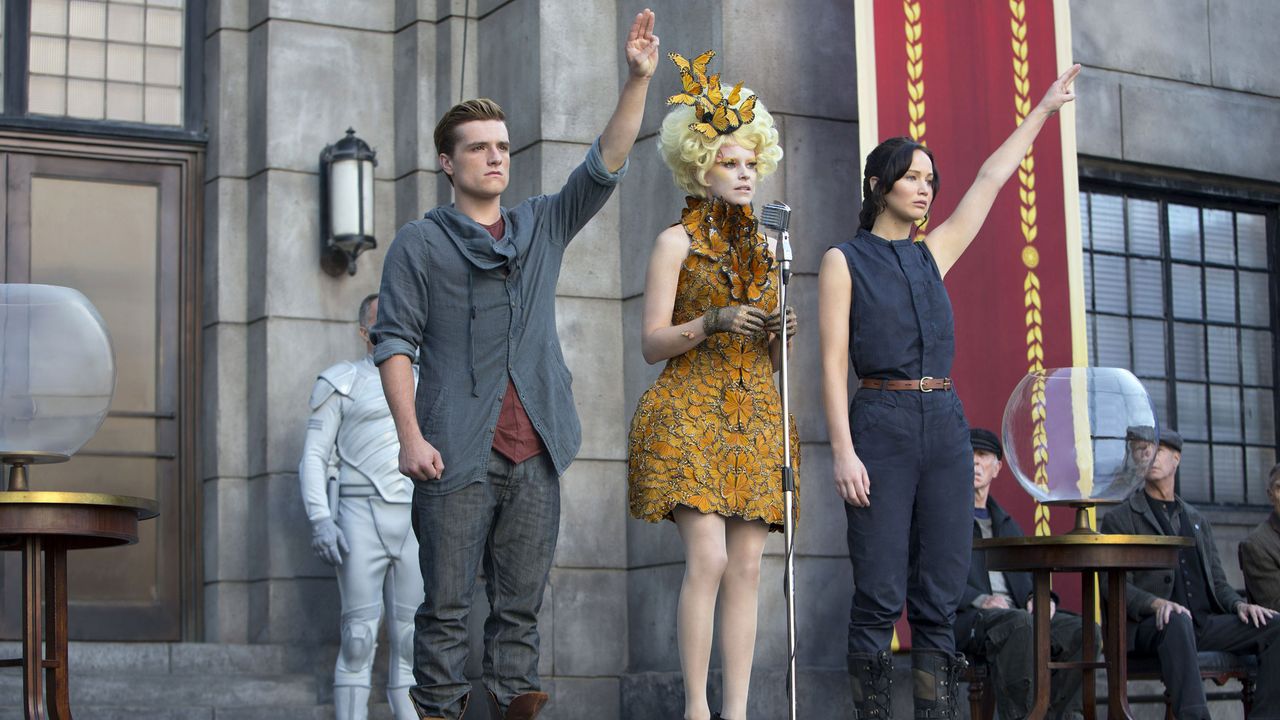The first quarter of the twenty-first century seems to have been an especially confusing time to be a teenager, which is quite the achievement. But l
The first quarter of the twenty-first century seems to have been an especially confusing time to be a teenager, which is quite the achievement. But look at the century’s most successful teen franchise, the Hunger Games novels and movies, a relentlessly grim series that expanded this spring to add a second prequel novel to Suzanne Collins’ original set of three books. That trilogy was turned into four movies between 2012 and 2015, followed in 2023 by an adaptation of the first prequel. All in all, that’s a lot of dead kids on screen. Twentieth-century teens enjoyed bloody entertainments like the Scream and Friday the 13th movies, but the body counts in those franchises are to Hunger Games slaughter as the crimes of Watergate are to any recent afternoon in the current White House.
You can measure Collins’ achievement in the obvious ways. The fresh sequel, Sunrise on the Reaping, moved 1.2 million copies in the US on its first week off the block in March. All told, the books have sold more than 100 million copies worldwide. The five movie adaptations are rated the 16th highest-grossing film franchise in North America by Box Office Mojo (though I would argue with the way website has sliced and diced various franchises and would rank The Hunger Games #12). A Sunrise on the Reaping movie is already scheduled to arrive in theaters for Thanksgiving 2026.
A less obvious way to measure the Hunger Games’ success is by how open to interpretation the books and films have proven—almost as elastic as the Greek myths Collins drew on. (Reread Theseus and the Minotaur.) “I don’t write about adolescents. I write about war for adolescents,” Collins has said. I think this is both true and not. Yes, the series is about war, as well as politics, propaganda, media manipulation, and power in most of its manifestations. But when you create a futuristic dystopia organized around a televised blood sport in which teenage gladiators are forced to fight to the death, you have either wittingly or unwittingly created a pretty nifty metaphor for high school—the social battlefields of The Breakfast Club and Mean Girls made literal.
There is intergenerational warfare, too. Coriolanus Snow, the evil president of Panem, the stories’ dystopia, justifies the Games as “a pageant of honor, courage, and sacrifice” meant to reinforce the bond between the ruling Capitol and its outlying, formerly rebellious districts. “This is how we remember our past,” he says. “This is how we safeguard our future.” The logic doesn’t track, even in context, but adolescent readers and moviegoers likely hear a variant of the ancient parental boilerplate: Someday you’ll thank me for this.
From Lions Gate/Everett Collection
As for grander themes, perusing the extensive academic literature devoted to the series, I have learned that The Hunger Games is also a parable about the dangers of large government and thus an inspiration to juvenile Republican activists, but that it is also a parable about the dangers of income inequality, pitched to the Occupy Wall Street crowd.
Or the tale might be an allegory of the American Revolution . . . or of Christian love and sacrifice . . . or of the twenty-first century’s cutthroat college admissions derbies and ruthless job markets. It might be free-market propaganda. It might be a veiled criticism of the Global War on Terror (entering its second decade when the first Hunger Games film hit theaters in 2012). The heroine Katniss Everdeen is an American frontier archetype, descended from James Fenimore Cooper’s Natty Bumppo and the loners played in movie westerns by John Wayne and Clint Eastwood—unless, what with her lethal prowess and indifference to male suitors, she gives a proud feminist middle finger to “heteronormative expectations.”
The Hunger Games could be about some or many or all these things at once: pop art that lands large isn’t always straightforward to parse—or necessarily coherent at all. People can see what they want to see in The Hunger Games, even the commentator on the Stormfront, a neo-Nazi website, who hailed Katniss as a “Hitler figure, a veteran, a reluctant hero, an idealist.”
On second thought, him we’ll ignore.
****
But most people don’t go to the movies to absorb allegories and parables. I am partial to the conflicted enthusiasm of The National Review’s John Podhoretz regarding the first Hunger Games picture: “The thing is gripping as hell . . . I don’t know that these books or the movie that springs from them are morally defensible, really—they glory in the violence that they view with horror— but my oh my they do get under your skin and into your head.”
Simply put, the movies are well-made, well-acted entertainments, suspenseful, and satisfying. But “simply put” is not my job here. So what does it say about recent times that they produced this bizarre, convoluted, and brutal saga that has resonated so profoundly and lucratively with juvenile audiences—and older ones, too—but in another era might have made a few ripples as a provocation when dropped into the pond but otherwise sunk quickly to cult exploitation movie status? (See: Death Race 2000.)
Simply put: what’s wrong with us?
There are some obvious e-ticket answers anyone could recite without too much thought: 9/11, America’s blundering Global War on Terror, the Great Recession, the degradations of online culture, climate change, the rise of right-wing populism and nationalism around the globe, and Trumpism here at home, the stain we can’t get out. The MAGA phenomenon postdates The Hunger Games, but both were incubating during the same period (and share cosmopolitan elites as their chief villains).

COMMENTS